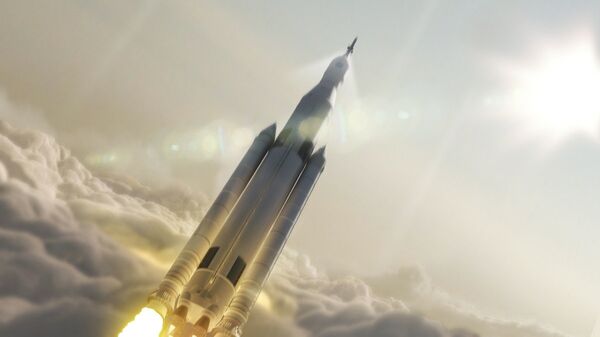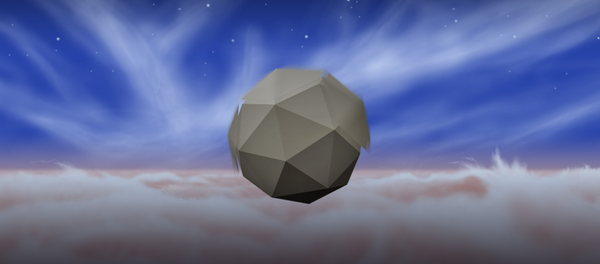The Space Launch System (SLS) megarocket, set to launch in 2018, will blast spacecraft toward their targets at incredible speeds, dramatically reducing interplanetary travel times, NASA’s John Grunsfeld said.
"My view is that the Space Launch System will be transformative for science," Grunsfeld told members of the US House of Representatives' Science, Space and Technology Committee during a hearing Tuesday.
Grunsfeld said using SLS instead of currently available rockets for NASA’s planned flyby mission to Jupiter's ocean-harboring moon Europa – which the agency aims to launch in the early to mid-2020s – would slash the probe's journey from about eight years to less than three, space.com reported.
"This is one of those rare cases where time really is money," he said. "In that extra cruise time, you know, we have to maintain an engineering team and a science team and a spacecraft while it's in cruise, even if we hibernate. And that's something that also delays the science."
SLS could launch entire space observatories, or perhaps "parts that astronauts could assemble to build a telescope that could search for atmospheres around nearby [alien] worlds," Grunsfeld said.
SLS will stand 321 feet tall and be capable of lofting 77 tons to low-Earth orbit, space.com reported. The rocket will provide about 10% more thrust than NASA's famous Saturn V rocket, which blasted astronauts toward the moon, agency officials say.
But NASA also has plans for an "evolved" SLS, which would stand 384-foot-tall, can launch 143 tons and generate 20% more thrust than the Saturn V.



